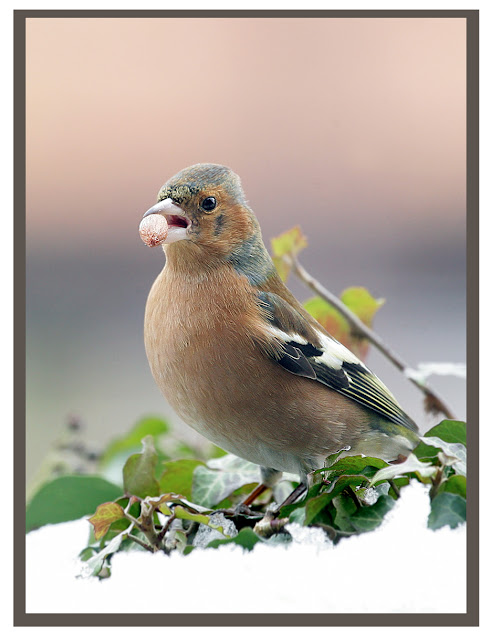 |
| Canon 1Ds MkII, Canon 100-400mm IS USM lens, 1/250th sec, f/6.4, 400mm at ISO 500 |
 |
| Canon 1Ds MkII, Canon 100-400mm IS USM lens, 1/160th sec, f/5.6, 400mm at ISO 500 |
 |
| Canon 1Ds MkII, Canon 100-400mm IS USM lens, 1/250th sec, f/6.4, 400mm at ISO 500 |
 |
| Canon 1Ds MkII, Canon 100-400mm IS USM lens, 1/160th sec, f/5.6, 400mm at ISO 500 |
 |
| Canon 1Ds MkII, Canon 100-400mm IS USM lens, 1/250th sec, f/5.6, 400mm at ISO 500 |
 |
| Canon 1Ds MkII, Canon 100-400mm IS USM lens, 1/320th sec, f/7, 400mm at ISO 500 |
 |
| Canon 1Ds MkII, Canon 100-400mm IS USM lens, 1/250th sec, f/6.4, 400mm at ISO 400. Distance to subject: < 8m |
 |
| Canon 1Ds MkII, Canon 100-400mm IS USM lens, 1/640th sec, f/11, 400mm at ISO 400. Distance to subject: < 5m |
 |
| Canon 1Ds MkII, Canon 100-400mm IS USM lens, 1/500th sec, f/10, 400mm at ISO 400. Distance to subject: < 5m |
 |
| Canon 1Ds, MkII, Canon 100-400mm IS USM lens, 1/1.300th sec, f/7, 400mm at ISO 400 |
 |
| Canon 1Ds, MkII, Canon 100-400mm IS USM lens, 1/2,000th sec, f/7, 400mm at ISO 400 (slightly under-exposed) |
 |
| Canon 1Ds MkII, Canon 100-400mm IS USM lens, 1/400th sec, f/5.6, 400mm at ISO 400. Distance to subject: c 15m |
 |
| Canon 1Ds Mk II, Canon 100-400mm IS USM lens, 1/400th sec, f/5.6, 400mm at ISO 250. Distance to subject: c 20m |
 |
| Canon 1Ds MkII, Canon 100-400mm IS USM lens, 1/1,000th sec, f/9, 400mm at ISO 400. Distance to subject: c 5m |
 |
| Canon 1Ds MkII, Canon 100-400mm IS USM lens, 1/500th sec, f/13, 400mm at ISO 400. Distance to subject: < 4m |
 |
| Canon 1Ds MkII, Canon 100-400mm IS USM lens, 1/1,000th sec, f/10, 400mm at ISO 400mm. Distance to subject: c 5m |
 |
| Canon 1Ds MkII, Canon 100-400mm IS USM lens, 1/640th sec, f/9, 320mm at ISO 400mm. Distance to subject: c 5m |
 | |
|
 |
| Canon 1Ds MkII, Canon 100-400mm IS USM lens, 1/200th sec, f/9, 400mm at ISO 500 |
 |
| Canon 1Ds MkII, Canon 100-400mm IS USM lens, 1/500th sec, f/8, 400mm at ISO 640 |
 |
| Canon 1Ds MkII, Canon 100-400mm IS USM lens, 1/400th sec, f/7. 400mm at ISO 500. Distance to subject: < 4m |
 |
| Canon 1Ds MkII, Canon 100-400mm IS USM lens, 1/500th sec, f/8, 400mm at ISO 640. Distance to subject: < 5m |
 |
| Canon 1Ds MkII, Canon 100-400mm IS USM lens, 1/500th sec, f/8, 400mm at ISO 640. Distance to subject: < 5m |
 | |
|
 |
| Canon 1Ds MkII, Canon 100-400mm IS USM lens, 1/125th sec, f/8 (tripod mounted), 400mm at ISO 800. Distance: c 6m |
 |
| Canon 1Ds MkII, Canon 100-400mm IS USM lens, 1/125th sec, f/8 (tripod mounted), 400mm at ISO 800. Distance: c 6m |
 |
| Canon 1Ds MkII, Canon 100-400mm IS USM lens, 1/250th sec, f/5.6, 400mm at ISO 500. Distance to subject: < 3m |
 |
| Canon 1Ds MkII, Canon 100-400mm IS USM lens, 1/320th sec, f/7, 400mm at ISO 500. Distance to subject: 4m |
 |
| Canon 1Ds MkII< Canon 100-400mm IS USM lens, 1/400th sec, f/11, 400mm at ISO 640. Monopod. Distance to subject: 4m |
 |
| Canon 1Ds MkII< Canon 100-400mm IS USM lens, 1/320th sec, f/7, 400mm at ISO 640. Monopod. Distance to subject: 4m |
 |
| Canon 1Ds MkII, Canon 100-400mm IS USM lens, 1/1,000th sec, f/8, 400mm at ISO 250 |
 |
| Canon 1Ds MkII, Canon 100-400mm IS USM lens, 1/1,000th sec, f/5.6, 400mm at ISO 400 |
 |
| Canon 1Ds MkII, Canon 100-400mm IS USM lens, 1/1,000th sec, f/8, 400mm at ISO 250 |